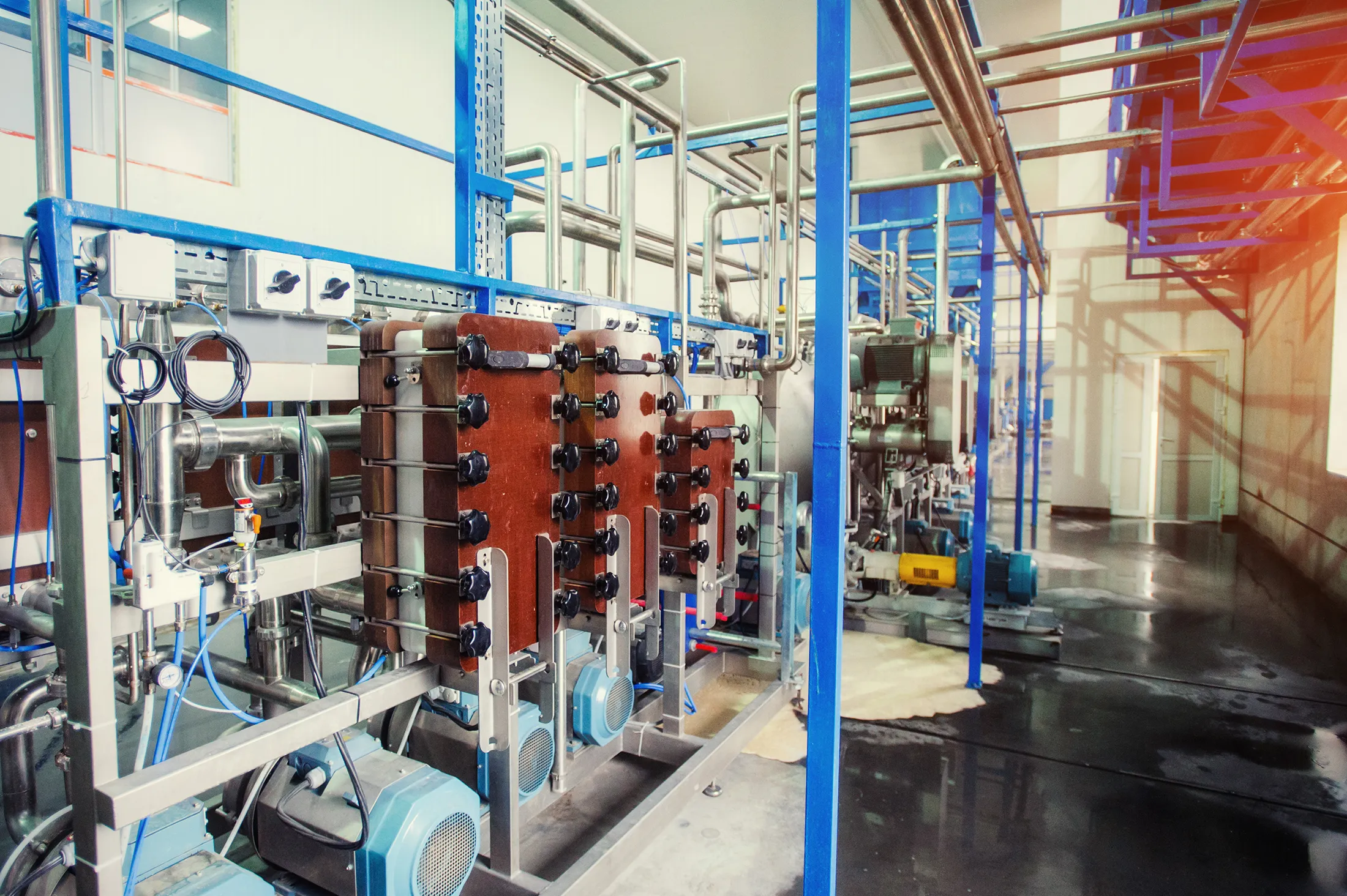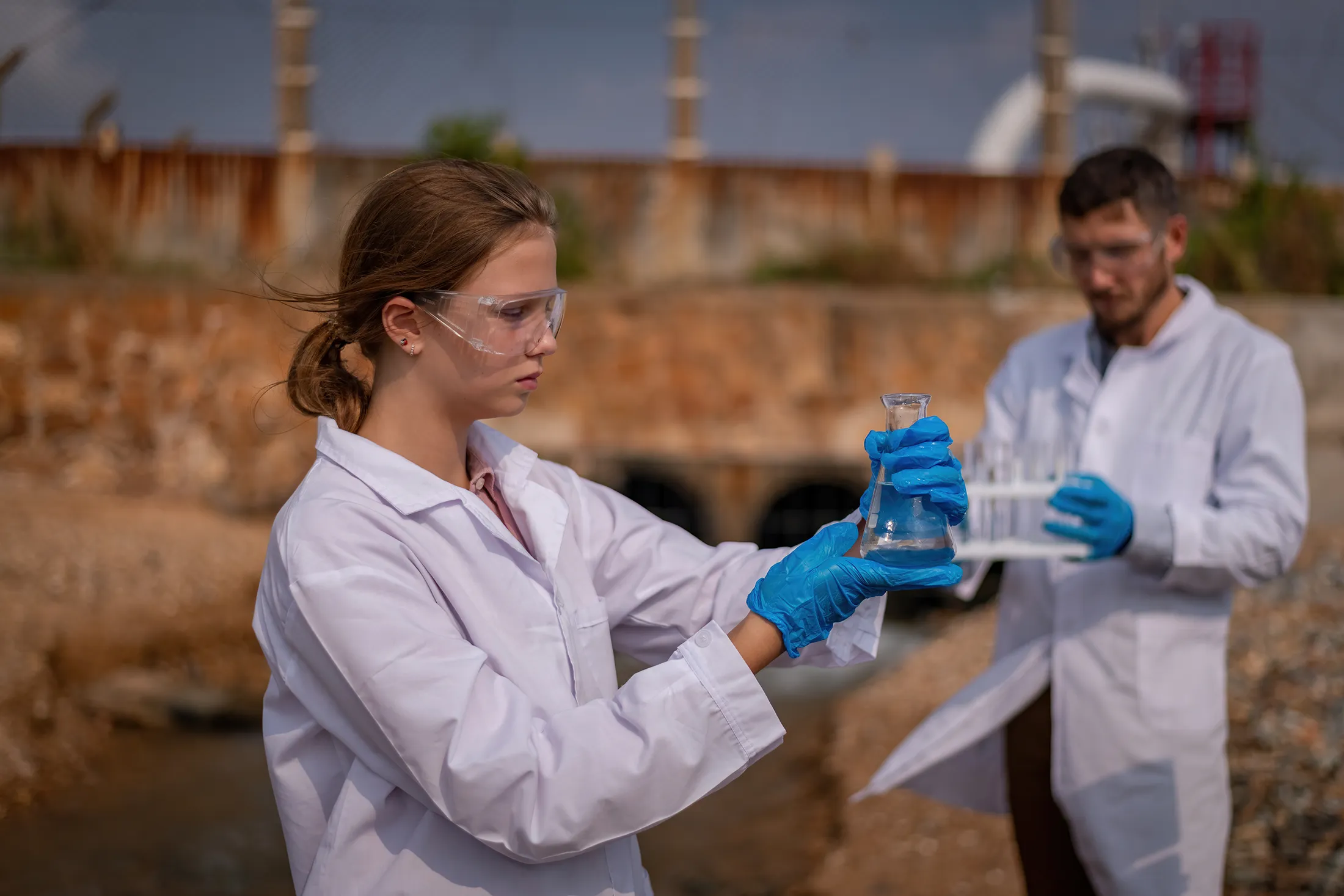Desalination is important for sailors as it provides a vital source of freshwater during extended periods at sea. It ensures their independence and self-sufficiency, allowing them to venture into remote areas without relying solely on shore-based water supplies. Desalination enables longer voyages, emergency preparedness, and reduces the environmental impact by utilizing abundant seawater resources instead of straining local freshwater sources. It also promotes water conservation and ensures a reliable supply for drinking, cooking, and other essential activities. In summary, desalination empowers sailors with a sustainable and necessary water source, enhancing their safety and enabling exploration in water-scarce environments. So, how does desalination work? ECHOTec Watermakers looks to answer this question in the following article. Continue reading below to learn more.
How Does Reverse Osmosis Desalination Work?
How does a desalination machine work with reverse osmosis? One of the most popular kinds of fresh water maker processes includes a process known as reverse osmosis. Reverse osmosis is an important process for water desalination because of the high salt and contaminant removal rate that the process does. Reverse osmosis desalination uses a semi-permeable membrane to separate salt and impurities from seawater. The seawater is pressurized and forced through the membrane, allowing water molecules to pass while blocking salts and other contaminants. The resulting purified water, called permeate, is collected, while the concentrated brine containing the rejected salts and impurities is discharged.
How Does Sea Water Desalination Work Without Reverse Osmosis?
How does desalination work if reverse osmosis is not used? There are many other processes other than reverse osmosis. This includes multi-stage flash distillation, multi-effect distillation, electrodialysis, solar desalination, ion exchange, freezing desalination, and much more. A short description of how these work is included below:
- Multi-Stage Flash (MSF) Distillation: MSF involves heating seawater, creating steam that is condensed to produce freshwater.
- Multi-Effect Distillation (MED): MED is a variation of distillation that uses multiple stages with successively lower pressure to evaporate and condense seawater.
- Electrodialysis (ED): ED employs an ion-exchange membrane and an electrical current to selectively remove ions from seawater.
- Solar Desalination: This method utilizes solar energy to heat seawater and drive evaporation, leaving behind the salts and collecting the condensed freshwater.
- Ion Exchange: Ion exchange involves passing seawater through resins that exchange ions, removing salts and other contaminants from the water.
Freezing Desalination: Freezing desalination utilizes the freezing and melting of seawater to separate freshwater from ice crystals, leaving behind concentrated brine.
More About ECHOTec Watermakers
How does desalination work and how does a desalinator work? We hope our professionals have answered the question in this article. ECHOTec Watermakers is a business that is dedicated to helping our customers interested in home desalinators, solar desalinators, and other marine desalination systems. We understand more than anyone else that making water from saltwater is one of the most important facets of liveaboard sailing, boating, or even trying to be more self-sufficient. Our watermakers for yachts and homes are designed to be as effective and easy to use as possible. To learn more about what we could offer you, feel free to browse our products or schedule an appointment with us today!


